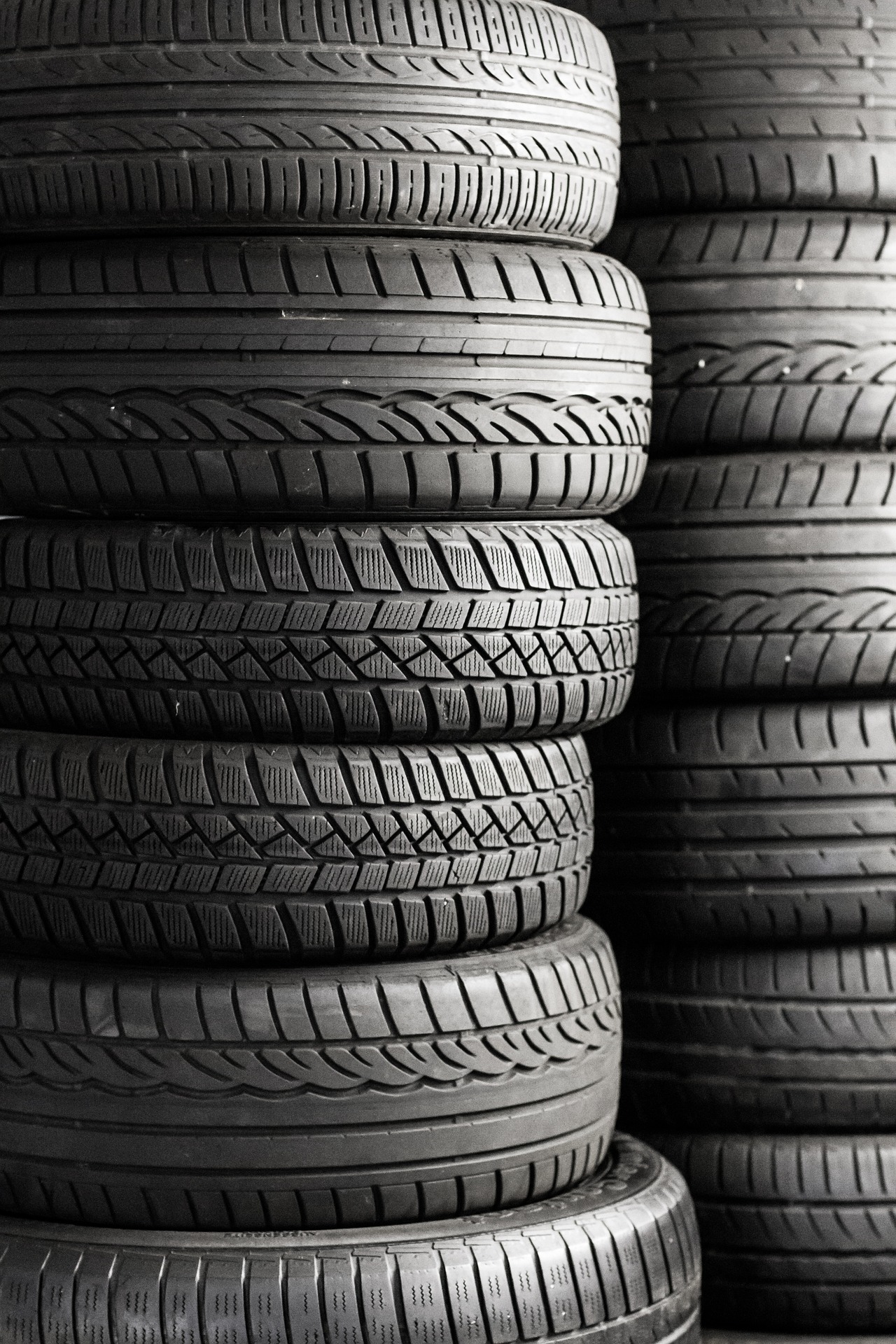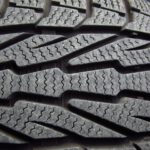Are you in the market for new tires but unsure which tread pattern suits your driving needs best? Understanding the various tire tread patterns available can help you make an informed decision that enhances performance, safety, and comfort on the road. From symmetrical to directional designs, each tread pattern offers unique benefits tailored to specific driving conditions. Let’s delve into different tire tread profiles to help you navigate your options:
- Symmetrical Tread Pattern: Symmetrical tread patterns feature uniform tread blocks across the entire surface of the tire. These tires offer versatile performance and balanced traction on dry and wet surfaces. With consistent tread block arrangement, symmetrical tires provide smooth and quiet operation, making them ideal for everyday driving needs. Additionally, symmetrical tread patterns offer ease of rotation, ensuring even wear and extended tire life.
- Directional Tread Pattern: Directional tread patterns feature V-shaped grooves that point in a specific direction, typically toward the front of the vehicle. This design enhances water evacuation and reduces the risk of hydroplaning by channeling water away from the tire’s contact patch. Directional tires offer excellent traction on wet roads and are often preferred for high-speed driving applications. Additionally, their aggressive appearance adds a sporty aesthetic to vehicles.
- Asymmetrical Tread Pattern: Asymmetrical tread patterns combine different tread designs on the inner and outer portions of the tire. This hybrid design optimizes performance by providing specific tread elements for different driving conditions. For example, the inner portion may feature larger tread blocks for enhanced grip on dry roads, while the outer portion may incorporate smaller tread blocks and sipes for improved traction on wet surfaces. Asymmetrical tires offer a balance of performance, comfort, and versatility.
- Mud-Terrain Tread Pattern: Mud-terrain tread patterns are designed for off-road enthusiasts who tackle rugged terrain and challenging conditions. These tires feature aggressive tread blocks with deep grooves and wide voids, allowing for maximum traction in mud, sand, gravel, and rocky terrain. Mud-terrain tires offer excellent self-cleaning properties, preventing mud and debris buildup for continuous grip. With reinforced sidewalls and puncture-resistant compounds, these tires are built to withstand the demands of off-road adventures.
- Highway/Touring Tread Pattern: Highway/touring tread patterns prioritize comfort, stability, and fuel efficiency for long-distance driving on paved roads. These tires feature solid center ribs and circumferential grooves for smooth and quiet highway performance. Highway/touring tires offer excellent traction on dry and wet surfaces, making them ideal for commuters, road trippers, and long-haul truckers alike. With optimized tread designs and durable compounds, highway/touring tires provide reliable performance mile after mile.
In conclusion, selecting the right tire tread pattern is essential for optimizing performance, safety, and comfort on the road. Whether you prioritize versatility, off-road capability, or highway comfort, there’s a tread pattern suited to your specific driving needs. By understanding the characteristics and benefits of each tread profile, you can make an informed decision that enhances your driving experience and ensures peace of mind behind the wheel.

